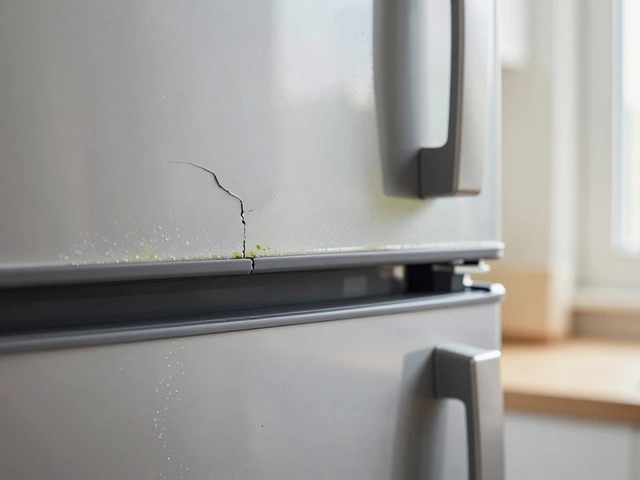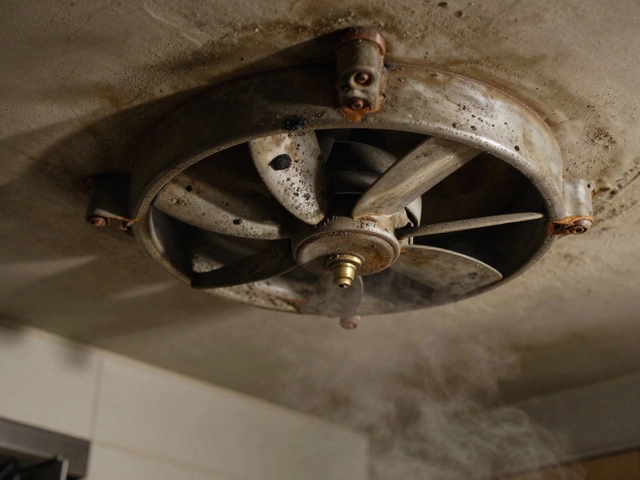Gas Hob Life Expectancy: What to Expect and How to Extend It
When thinking about gas hob life expectancy, the estimated number of years a gas cooking stove performs reliably before major components wear out. Also called gas stove lifespan, it depends on usage, maintenance and build quality. Another key player is the gas hob, a countertop appliance that uses gas burners for cooking, often built from stainless steel or cast iron. The broader concept of appliance lifespan, the typical service period of household devices before replacement is economically sensible sets expectations for many kitchen tools. Finally, gas appliance safety, regular checks to prevent leaks, carbon‑monoxide buildup and fire hazards underpins all decisions about keeping a hob alive. Understanding gas hob life expectancy helps you plan maintenance, budget for repairs, and decide when a replacement makes sense.
Factors that Influence How Long a Gas Hob Lasts
The biggest driver is usage intensity. A hob that sees three meals a day will age faster than one used for occasional weekend cooking. Material matters too – stainless‑steel burners resist corrosion better than cheaper enamel, which can crack under heat. Regular cleaning removes food residue that could block gas flow, and a yearly safety inspection by a Gas Safe registered engineer catches wear on seals and valves before they cause a breakdown. In short, more heat cycles equal shorter lifespan, while proper upkeep adds years.
When a burner starts sputtering or the flame turns yellow, homeowners face a repair or replace decision, weighing the cost of fixing a component against buying a new hob. A simple igniter swap often costs under £100, while a full‑panel replacement can exceed £500 plus installation. If the unit is over ten years old, energy‑efficiency standards have likely improved, making a newer model cheaper to run. The rule of thumb? If repair costs top half the price of a new hob, replacement usually makes financial sense.
Here are practical steps to stretch that life expectancy: 1) wipe spills immediately; 2) schedule a professional gas safety check at least once a year; 3) descale burners if you use hard water; 4) avoid using oversized pots that force the flame to work harder; 5) replace worn seals before they cause leaks. Following these habits can add several years beyond the average 8‑12 year window many UK homes experience.
Common Failure Points and How to Spot Them
The most frequent culprits are igniters, burner ports, and gas valves. An igniter that clicks but doesn’t spark signals a wear issue – replace it before a full valve failure. Burners that show uneven flames often have clogged ports; a simple soak in warm, soapy water restores flow. Valves that leak emit a faint hiss; any smell of gas must be investigated immediately by a qualified engineer.
Another subtle sign is a yellow or orange flame, which indicates incomplete combustion. That can waste fuel and produce carbon monoxide. Adjusting the air‑shutoff screw or cleaning the burner tip usually fixes it, but if the problem persists, a professional tune‑up is required for safety.
Energy Efficiency and Environmental Impact
Modern gas hobs are far more efficient than models from the early 2000s. Newer units often achieve up to 70 % thermal efficiency, meaning less gas is needed to reach cooking temperatures. Upgrading an old hob not only trims your energy bill but also reduces greenhouse‑gas emissions. When you calculate the payback period –‑ typically 3‑5 years –‑ the environmental win adds to the financial benefit.
Diagnosing Issues Without a Technician
If you’re comfortable with basic tools, you can run a quick diagnostic checklist: 1) turn the knob to see if gas flows; 2) listen for the igniter click; 3) observe the flame color; 4) check for any rust or wear on connections. Documenting these observations helps a technician pinpoint the problem faster, saving both time and money.
However, never attempt to repair gas lines or valves yourself. Gas work is regulated, and only a Gas Safe registered professional should handle it. Attempting DIY fixes on these components can lead to leaks, fire, or carbon‑monoxide exposure.
Warranty, Service Plans, and Professional Help
Many new hobs come with a manufacturer’s warranty ranging from 2 to 5 years. Read the fine print –‑ some warranties only cover parts, not labor, and may require annual professional inspections to stay valid. If you have a service plan, schedule the required check‑ups; they often include a cleaning, safety test, and minor part replacements at no extra cost.
When you call a repair service, ask for a Gas Safe certificate and request a written quote before work begins. Transparent pricing lets you compare the repair cost against a new unit’s price and decide confidently.Below you’ll find a collection of articles that dig deeper into each of these topics – from detailed maintenance checklists to cost‑breakdown guides for repairing specific hob components. Use them to fine‑tune your upkeep plan or decide if it’s time for an upgrade.


